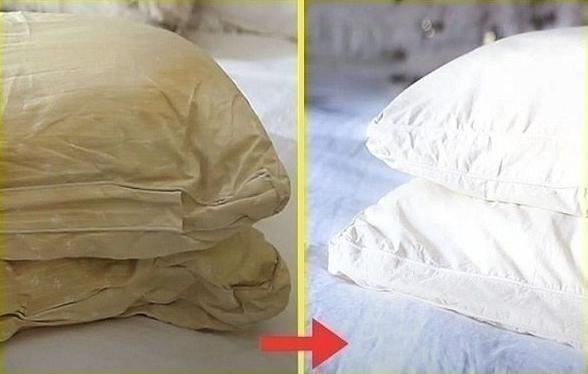Have you ever spotted the little round opening on your nail clipper and pondered its reason for being there? It could appear as an insignificant feature, yet that small aperture serves a highly useful role. The opening enables you to connect the clipper to a keychain, lanyard, or hook, which helps maintain it close at hand and avoids misplacement—a true benefit for those weary of searching through drawers or bathroom cabinets.
Employing the opening proves straightforward and remarkably practical. Thread a key ring through it and secure it to your keys, a hook, or even a bag. In this manner, your nail clipper gains mobility and remains simple to locate.
In addition to mobility, the opening allows for hanging clippers in convenient storage spots, grouping fingernail and toenail clippers on a single ring, or offering additional leverage for challenging nails by inserting a finger through it.
The design extends beyond contemporary ease—it traces back to historical origins. The modern nail clipper emerged in the late 19th century and evolved gradually to enhance user experience. During that era, bathrooms appeared less frequently, and possessing grooming tools that traveled effortlessly represented a genuine requirement. That modest opening permitted individuals to transport their clippers with security, illustrating how considerate design merges portability and utility.
Nowadays, nail clippers frequently incorporate extra elements such as nail files, bottle openers, or compact knives. Even a minor aspect like the round opening underscores the value of thoughtful design in daily implements. It represents an uncomplicated component that elevates an ordinary grooming device into one that adapts to various needs and offers convenience, showing that effective design requires no complexity—it needs to anticipate requirements.






